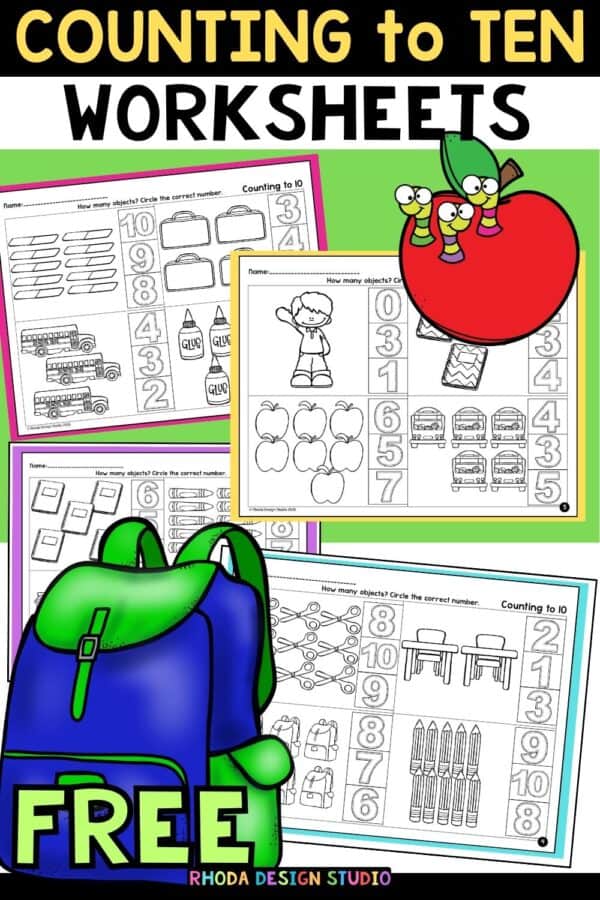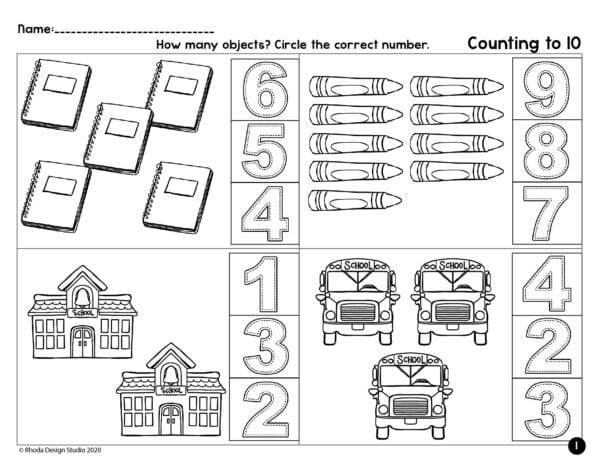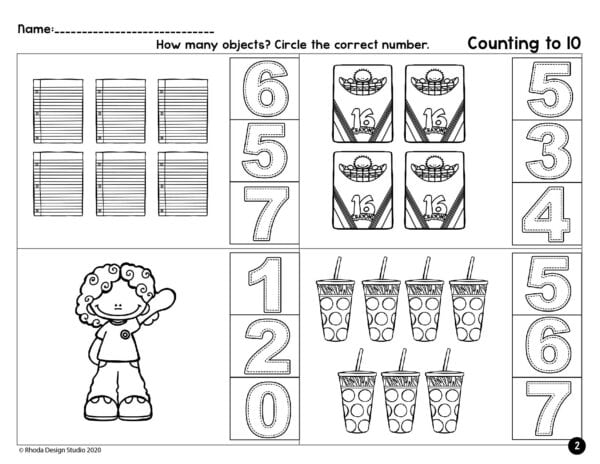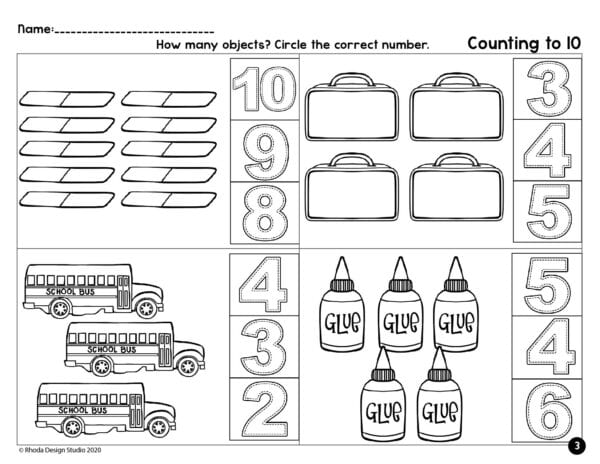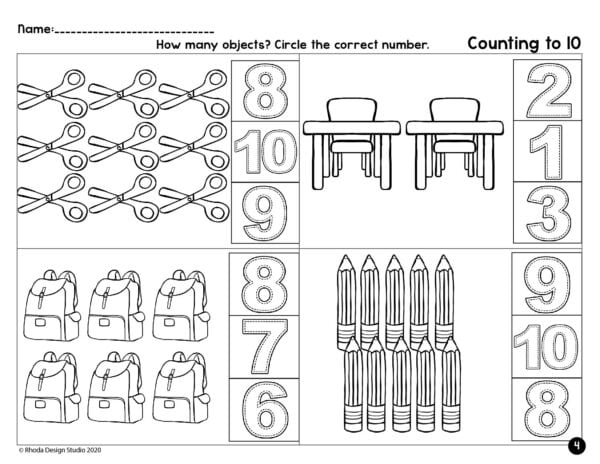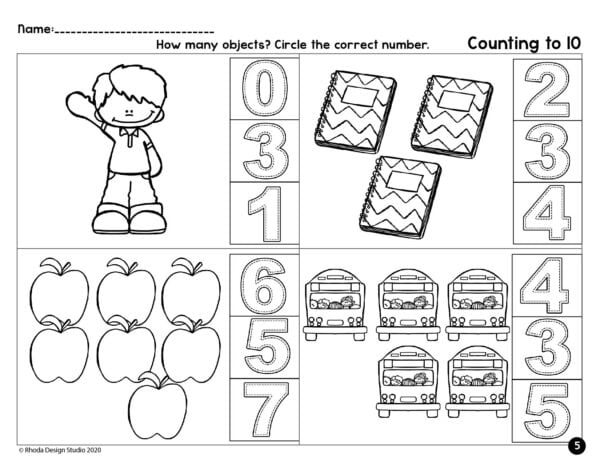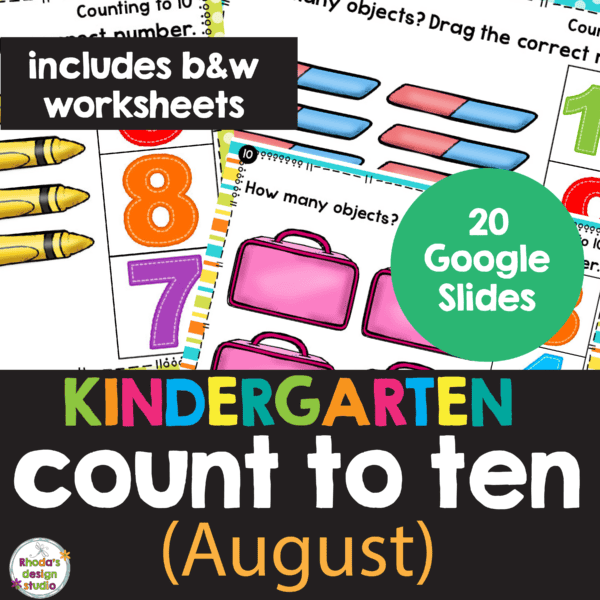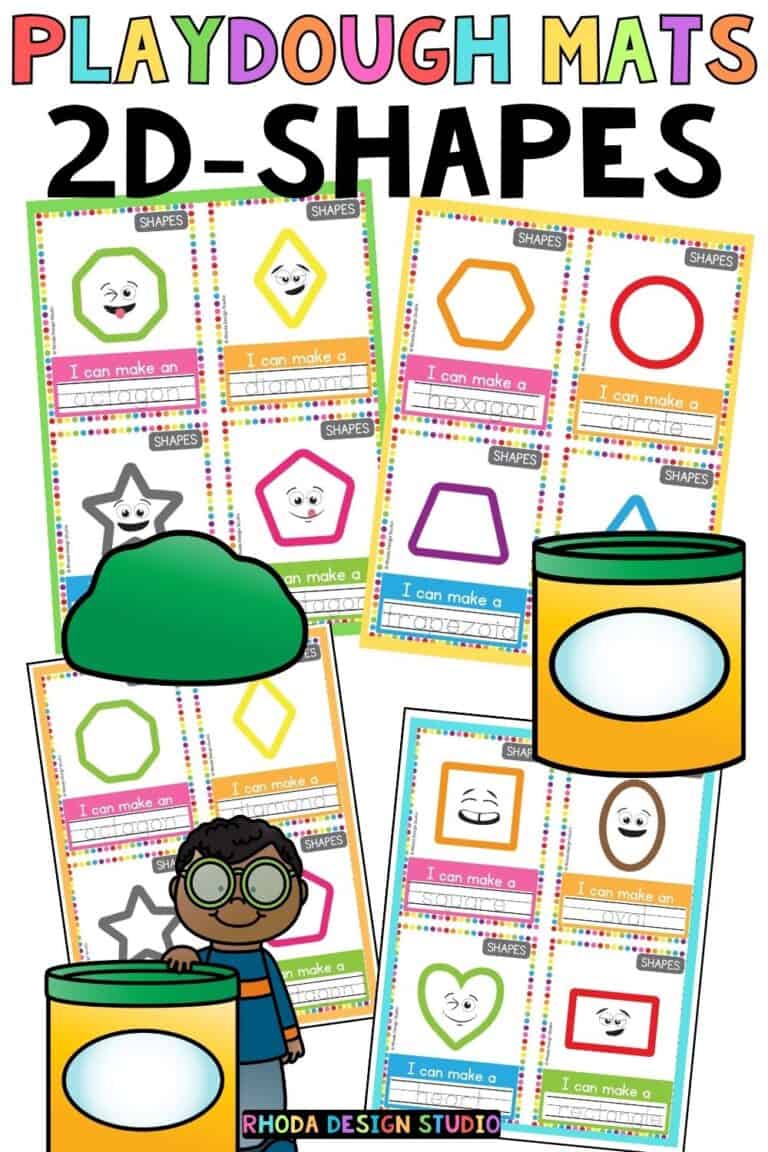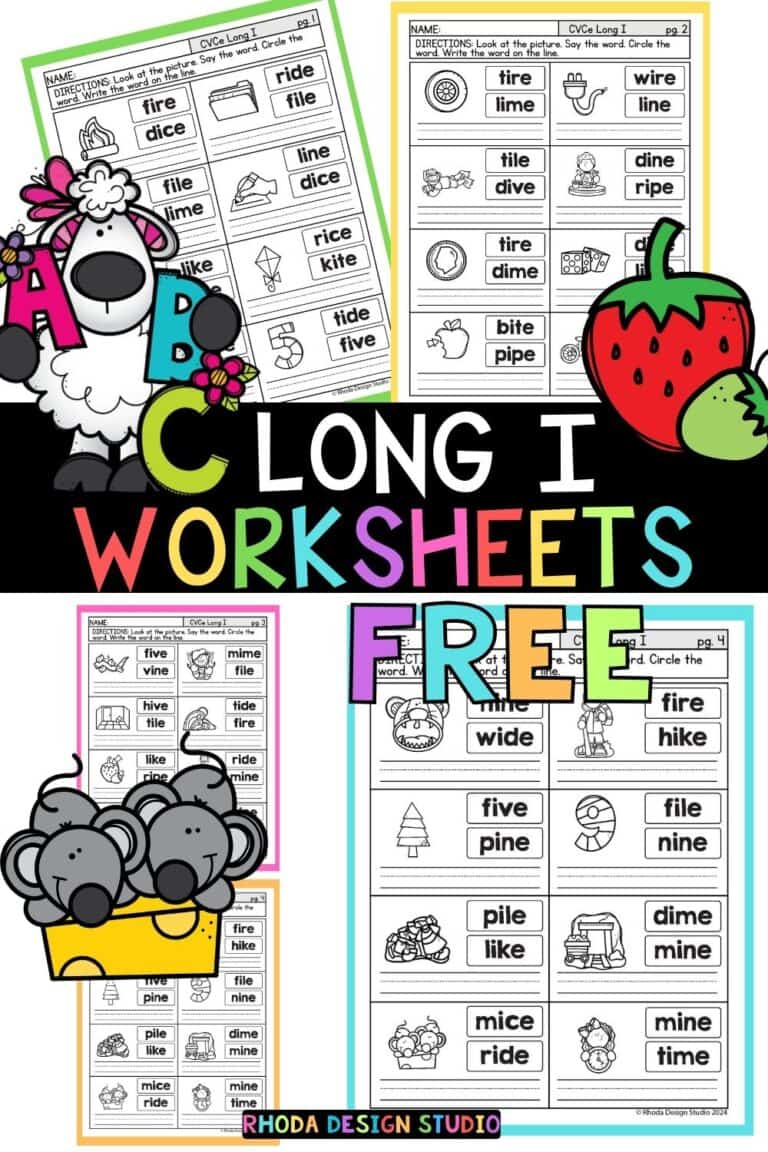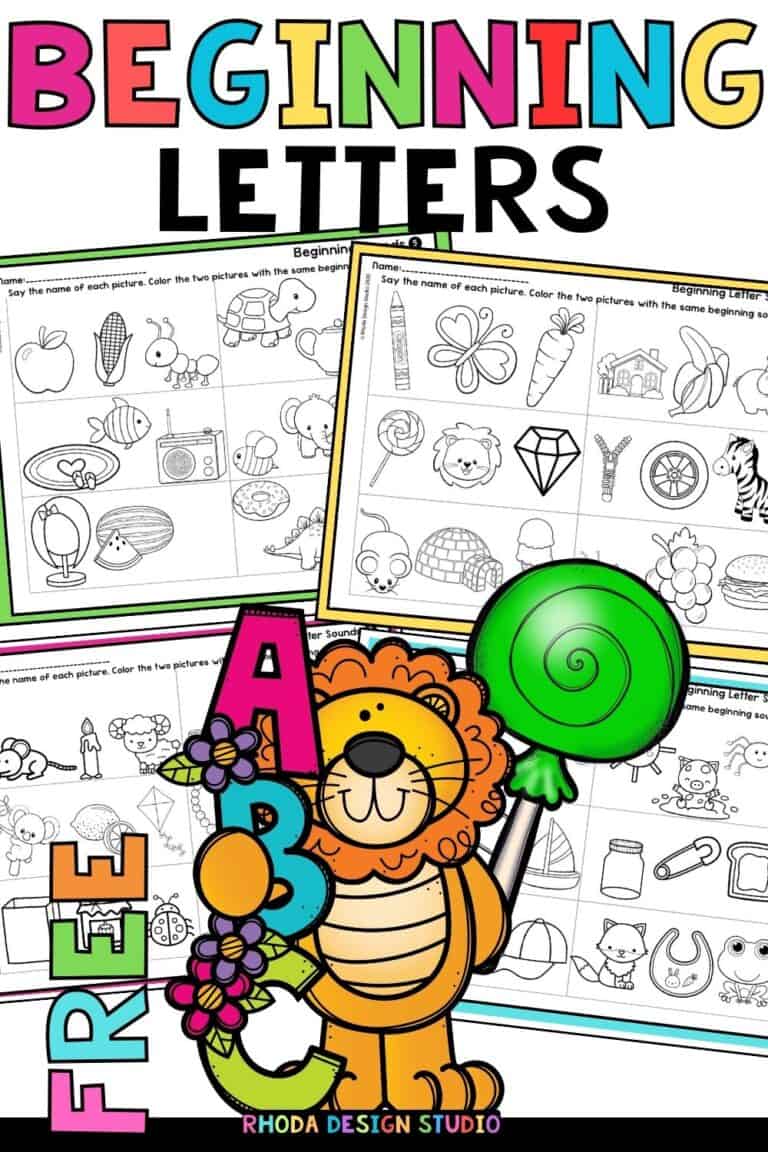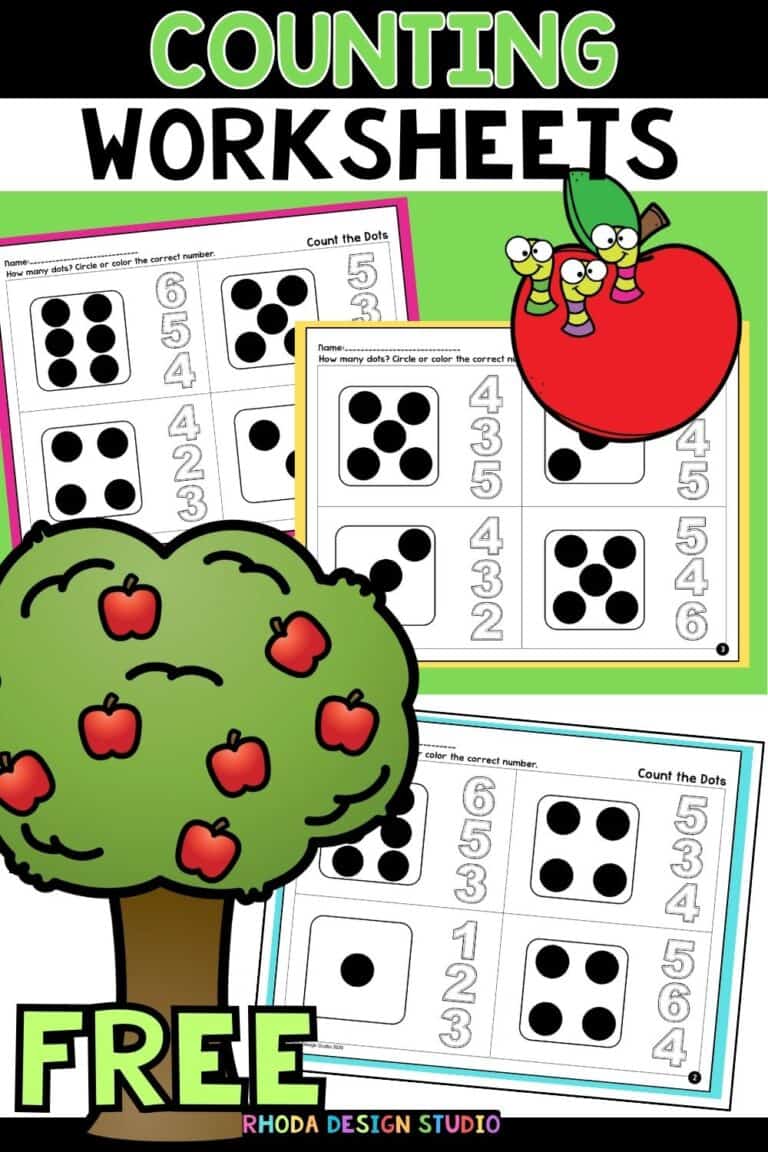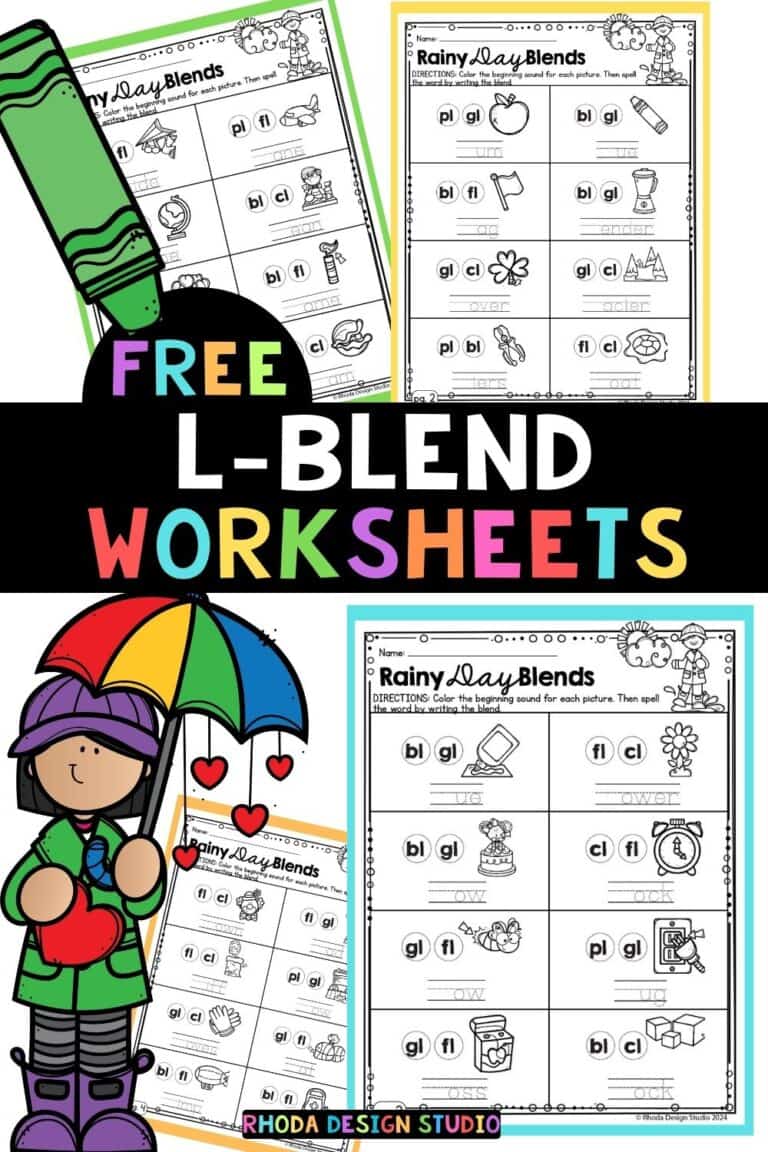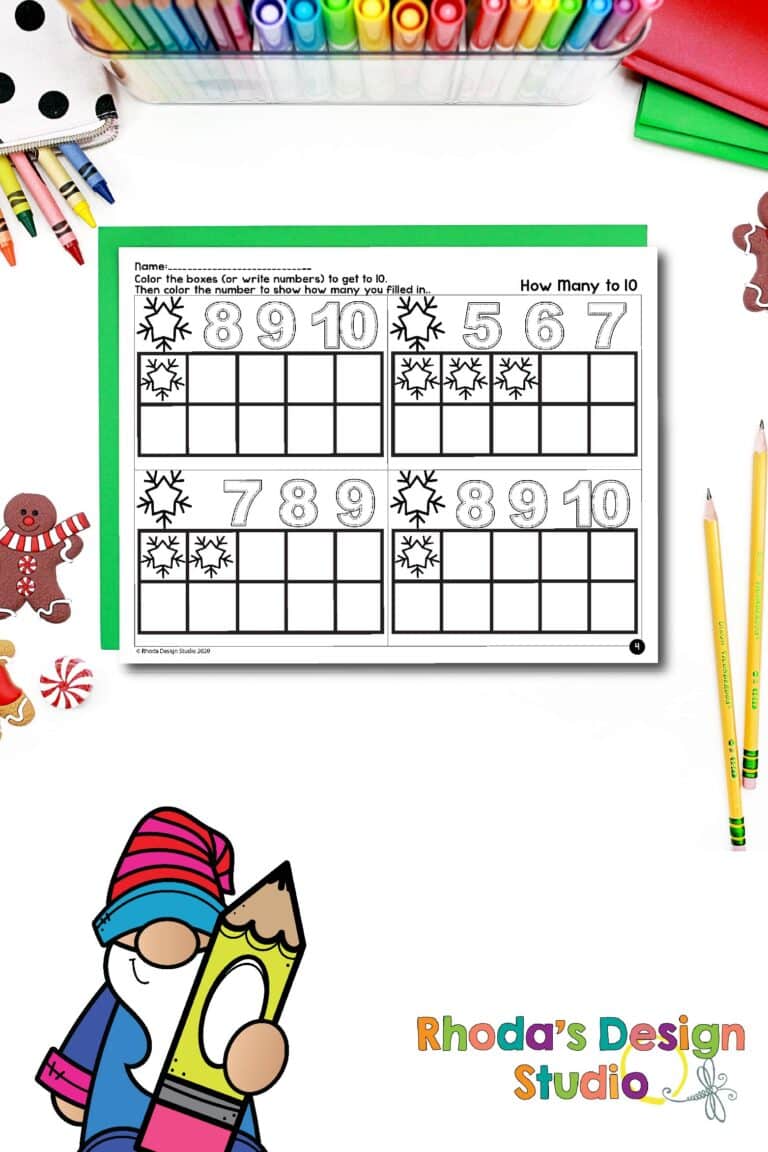The Power of Counting: How to Turn ‘1, 2, 3’ into Critical Early Learning for Kids
Counting to 10 may seem like a simple task, but for the young learners of the world, it’s a gateway to understanding the foundations of mathematics and numeracy. In this comprehensive guide, we’ll explore how counting transforms from a rote activity into an essential component of critical thinking, and how parents and educators can take counting to the next level to foster deep learning and a love for numbers.
Understanding the Starting Point
When children first start counting, they are often reciting a sequence of numbers without grasping their value. They might say “1, 2, 3, 8, 10,” an indication that they are learning the order but haven’t quite nailed down the one-to-one correspondence – the understanding that the last number said is the total number of items. At this stage, patience is key; practice and multiple experiences with counting are vital to solidifying these concepts.
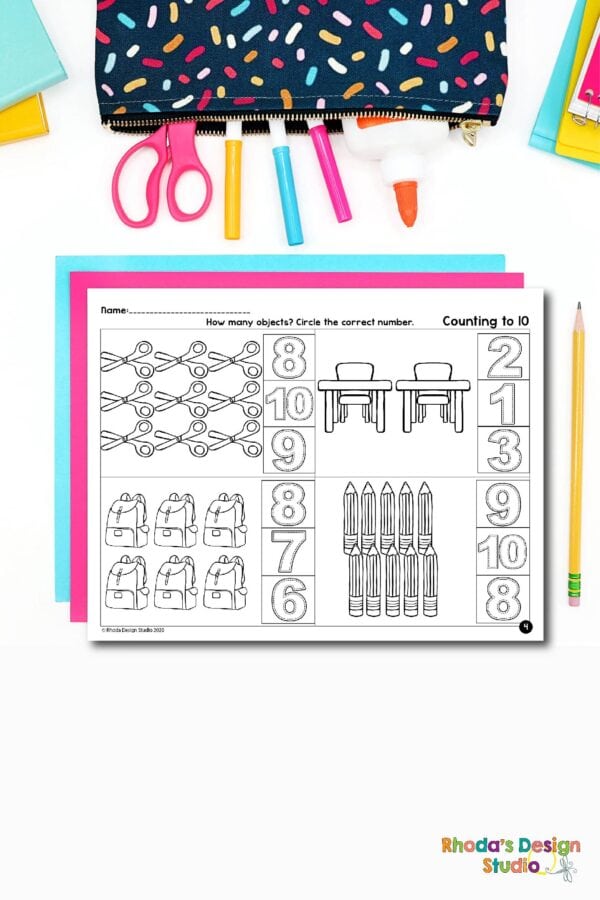
Turning Sequence into Meaning
To move from recitation to actual counting, kids need to be able to understand and apply three main principles:
- Stable order – This refers to the concept that the order of the counting words stays the same (1, 2, 3…), and each number has a distinct meaning.
- One-to-one correspondence – Children need to understand that each object they’re counting gets one count and one count only.
- Cardinal principle – The idea that the last number stated represents the total number of items counted is crucial.
How to Foster One-to-One Correspondence
There are several playful exercises parents and educators can introduce:
- Using physical cues such as pointing to objects as they count.
- Have your child place small objects in a line and practice counting each one.
- Sing counting songs and use tools like fingers or musical beats to signify each count.
Making Sense of Numbers
To ensure that children comprehend the meaning behind numbers as they count, interactive and hands-on activities are essential. Here are a few that can help:
- Group items so that the number of items is an actual visual representation of the quantity being counted.
- Roleplay ‘shops’ where items are purchased, reinforcing that numbers are connected to things.
- Use little games like ‘I Spy’ where kids need to count how many red cars they can see, creating meaning through application.
The Emotional Aspect of Counting
Beyond the cognitive development, counting also holds an emotional aspect. For many children, numbers and math can be a daunting subject. However, by making counting playful and emphasizing the utility and joy in number exploration, we can help them build a positive relationship with numeric concepts.
Celebrating Milestones
Acknowledge and celebrate every step of the counting process. Each hurdle – be it one to one correspondence, understanding teens, or grasping place value – is a major achievement and should be recognized.
Making it Fun
Incorporate counting into everyday activities and games to show children that numbers are a part of life and can be enjoyable:
- Count steps as you walk or the number of birds you spot.
- Play games that involve numbers, like board games or puzzles.
- Incorporate counting into stories and engage in ‘math talk’ that normalizes numbers and measurement.
Sustainable Learning
To ensure that counting skills are ingrained, parents and educators can take a few proactive steps:
Consistent Practice
Regularly incorporate counting into daily routines. Even a few minutes each day can make a significant difference. It’s not about drilling sequences, but about integrating numbers into a child’s life so they become as familiar as the ABCs.
Context is Key
Always relate counting to real-life. Whether it’s sorting laundry by color or grocery shopping, show children how useful counting can be in practical situations.
Beyond the Basics
Once children have a solid foundation in counting, the world of math opens up. Addition and subtraction become more than just rote operations, they become logical progressions from counting. Here’s how to bridge the gap:
The Relationship Between Counting and Adding
Help children see the connection between counting and adding. When we add 3 and 4, we’re really counting the total amount of items – a skill they’re already familiar with.
Exploring Number Patterns
Introduce patterns in counting, such as counting by twos or fives, which not only reinforce counting but also lay the groundwork for multiplication.
Story Problems and Real-Life Applications
Begin to solve simple, story-driven math problems together that help kids see how counting and numbers apply to their every day.
Conclusion
Counting is the starting point of a child’s mathematical journey. What might seem like a simple “1, 2, 3” holds a wealth of cognitive development and understanding of our world. By accompanying them on this exciting adventure, we lay a strong foundation for future learning. Encourage exploration, celebrate discoveries, and most importantly, make it fun. Before you know it, your child will have counted to 100, to 1,000, and beyond – and with it, the doors to the world of math and imaginative thinking will be wide open.
